PC Fabric and CVC fabrics often leave merchandiser wondering about their differences and applications. Both fabrics have polyester and cotton as their base components. However, their unique properties make them suitable for varied applications.
PC Fabric (Polyester Cotton): A blend where polyester is the dominant fiber (above 50%) with cotton as the secondary fiber.
Are PC and TC the same? Yes, TC refers to tetron cotton, the Japanese version of polyester.
CVC Fabric (Chief Value Cotton): A cotton-polyester blend where cotton is the dominant fiber (above 50%).
Table Of Contents
Difference Between PC Fabric Vs CVC Fabric
|
Aspect |
PC Fabric (Polyester Cotton) |
CVC Fabric (Chief Value Cotton) |
|
Also Known As |
T/C (Terylene Cotton), Poly-Cotton Blend. |
Cotton-Rich Blend, Cotton-Dominant Fabric. |
|
Blend Ratio |
Typically 65% polyester and 35% cotton (65/35), though variations like 50/50 exist. |
Typically 60% cotton and 40% polyester (60/40), or higher cotton content like 70/30. |
|
Composition Range |
50-80% polyester, 20-50% cotton. |
50-90% cotton, 10-50% polyester. |
|
Manufacturing Process |
Blended yarns are spun, woven, or knitted to achieve a smooth fabric with polyester dominance. |
Blended yarns are spun to maintain higher cotton content with enhanced softness. |
|
Ease of Dyeing |
Easily dyed with synthetic dyes. Both part dyeing used. |
Reactive dyeing process. Colors may fade over time (according to my experience). |
|
Construction Range |
Plain weave, twill weave, and satin weave options. |
Plain weave, twill weave, knit construction. |
|
Fabric Hand Feel |
Smooth. But have a slightly synthetic feel due to higher polyester content. |
Soft, natural feel resembling pure cotton. |
|
Appearance |
Smooth, synthetic sheen. Slightly stiff. |
Natural matte look. Softer texture. |
|
Breathability |
Moderate, less breathable due to the high polyester content. |
Better breathability because of the higher cotton content. |
|
Moisture Absorption |
Low moisture absorption; dries faster. |
Higher moisture absorption; feels cooler in humid climates. |
|
Shrinkage Tendency |
Minimal due to polyester dominance. |
Slight shrinkage due to the higher cotton percentage. |
|
Pilling Resistance |
Prone to pilling over time due to polyester. |
Less prone to pilling compared to PC fabric. |
|
Thermal Insulation |
Provides moderate insulation; suitable for warm and cool weather. |
Provides better insulation in colder climates due to cotton. |
|
Color Fastness |
High; retains vibrant colors for a long time. |
Moderate; may fade faster due to cotton content. |
|
Comfort Level |
Comfortable but can feel synthetic over prolonged wear. |
Highly comfortable due to the natural cotton content. |
|
Static Electricity |
Prone to static build-up due to polyester fibers. |
Less prone to static electricity. |
|
Country First Produced |
USA, 1950s (post-WWII). |
USA, 1960s (evolved from T/C blends). |
|
Biggest Exporter |
China (over 30% of global output). |
India (over 25% of global output). |
|
Cost |
Typically cheaper. |
Slightly more expensive because of higher cotton content. |
|
Applications |
Workwear, uniforms, sportswear, and upholstery. |
Casual wear, bed linens, baby clothes, and high-end apparel. |
|
Recommended Washing Temps |
40°C (104°F) for general cleaning. |
30-40°C (86-104°F) to prevent shrinkage. |
Common Types of PC and CVC Fabric
PC and CVC are the most common fabrics widely used in the garment factory. I just mention a few of their names which are widely found during operations.
|
Fabric Type |
Fabric Name |
Composition |
Features |
Applications |
|
PC Fabric |
PC Poplin |
65% polyester, 35% cotton |
Smooth texture, lightweight, durable |
Shirts, uniforms, lightweight summer apparel |
|
PC Twill |
70% polyester, 30% cotton |
Diagonal weave, durable, wrinkle-resistant |
Workwear, trousers, outerwear |
|
|
PC Fleece |
80% polyester, 20% cotton |
Soft, warm, good heat retention |
Sweaters, hoodies, blankets |
|
|
PC Satin |
60% polyester, 40% cotton |
Smooth, shiny surface, luxurious feel |
Lining, formal wear, upholstery |
|
|
PC Canvas |
75% polyester, 25% cotton |
Heavyweight, durable, water-resistant |
Bags, upholstery, outdoor fabrics |
|
|
CVC Fabric |
CVC Jersey Knit |
80% cotton, 20% polyester |
Soft, breathable, slight stretch |
T-shirts, casual wear, baby clothes |
|
CVC Interlock |
85% cotton, 15% polyester |
Thicker, smooth finish on both sides |
Premium apparel, leggings, activewear |
|
|
CVC Twill |
70% cotton, 30% polyester |
Strong diagonal weave, durable |
Pants, workwear, upholstery |
|
|
CVC Fleece |
90% cotton, 10% polyester |
Soft, warm, excellent breathability |
Hoodies, sweatshirts, winter wear |
|
|
CVC Canvas |
75% cotton, 25% polyester |
Sturdy, natural matte finish |
Bags, upholstery, outdoor gear |
What is PC Fabric?
Definition
PC fabric stands for polyester-cotton fabric. It’s a blend where polyester dominates the composition, usually ranging from 50% to 80%.
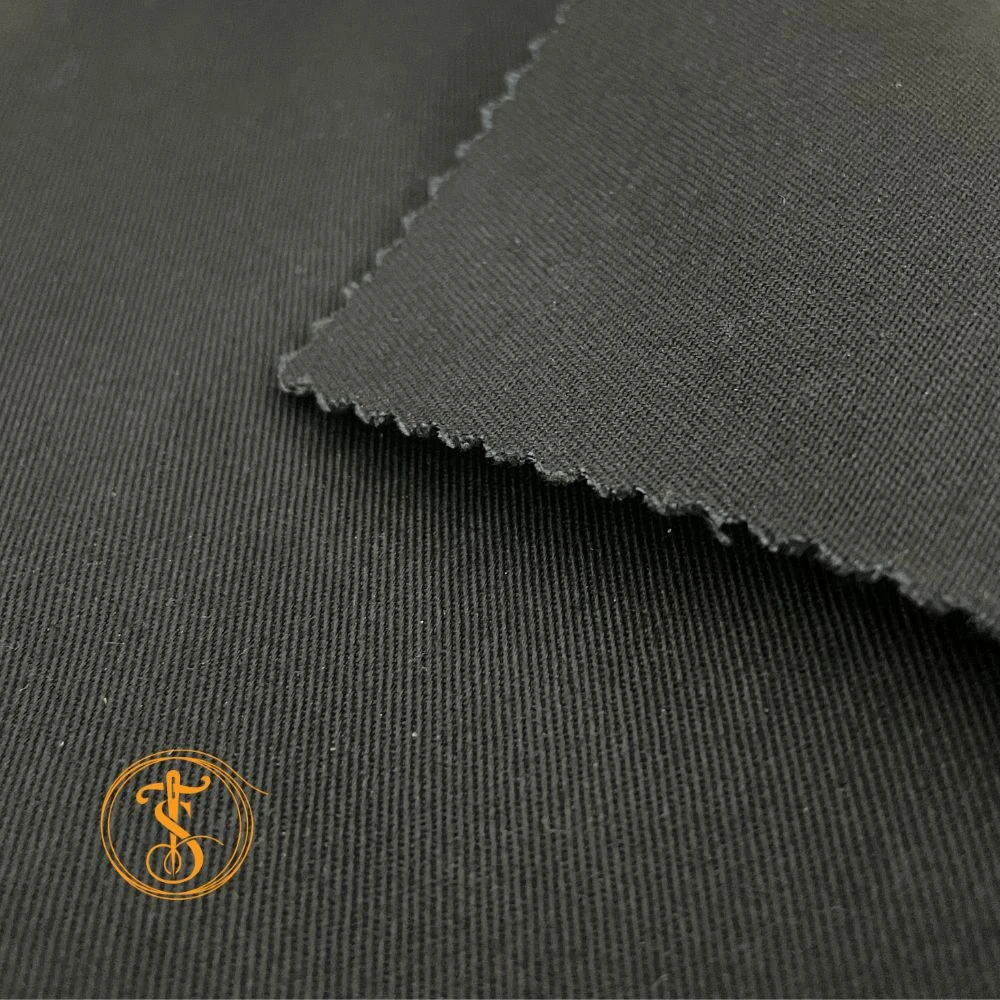
Figure: 70% Polyester 30% Cotton TC Twill
Composition and Structure
PC fabric combines the durability of polyester with the softness of cotton. It’s commonly found in a 65/35 or 80/20 polyester-to-cotton ratio. The high polyester content makes it lightweight and wrinkle-resistant.
Key Features
- Durability: Resists wear and tear due to polyester’s strength.
- Appearance: It has a slight sheen, giving it a modern look.
- Breathability: Moderate, as polyester restricts airflow.
- Moisture Resistance: Dries faster than cotton-rich fabrics.
What is CVC Fabric?
Definition
CVC fabric, or Chief Value Cotton fabric, refers to blends where cotton takes the lead, making up at least 50% of the composition.
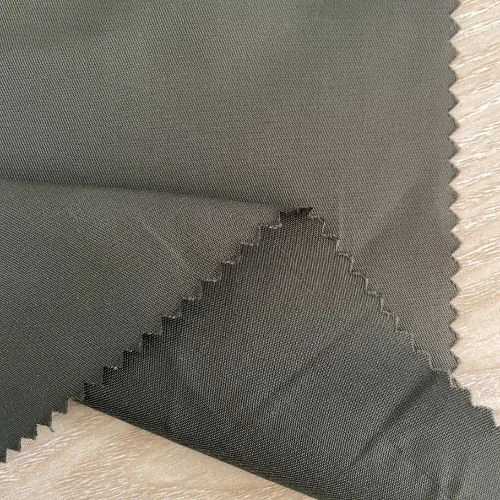
Figure: CVC Fabric 57% Cotton 43% Polyester
Composition and Structure
Commonly found in a 60/40 or 80/20 cotton-to-polyester ratio, CVC fabric is cotton-rich. It provides a natural feel while retaining some of the polyester’s strength.
Key Features
- Softness: Feels more comfortable due to the higher cotton content.
- Breathability: Excellent airflow, ideal for warm climates.
- Moisture Absorption: Absorbs sweat effectively, keeping the wearer dry.
- Durability: Slightly less durable than PC fabric due to higher cotton content.
Applications of PC and CVC Fabrics
Common Uses of PC Fabric
- Uniforms: Durable and wrinkle-resistant, perfect for workwear.
- Sportswear: Provides the stretch and durability athletes need.
- Upholstery: Used for covers, curtains, and car seats due to its sturdiness.
Common Uses of CVC Fabric
- Casual Wear: Popular for t-shirts, hoodies, and trousers.
- Bed Linen: Comfortable and breathable for bedding.
- Premium Garments: Often found in baby clothes and high-end apparel.
Which Fabric Is Better for You?
The choice between PC and CVC fabrics depends on your priorities. If you value durability and affordability, PC fabric is a reliable option. However, if comfort and breathability matter more, CVC fabric is the winner.
Tips for Buyers
- Consider Climate: Choose CVC for hot climates and PC for mixed or colder climates.
- Purpose of Use: For heavy-duty applications like workwear, PC fabric is ideal. For casual, everyday use, opt for CVC.
- Budget: PC is generally more cost-effective, while CVC leans toward premium pricing.
Conclusion
Both PC and CVC fabrics have strengths and serve different needs in the textile industry. PC offers durability and affordability, while CVC provides comfort and breathability. By understanding their properties, you can make informed choices that align with your requirements.



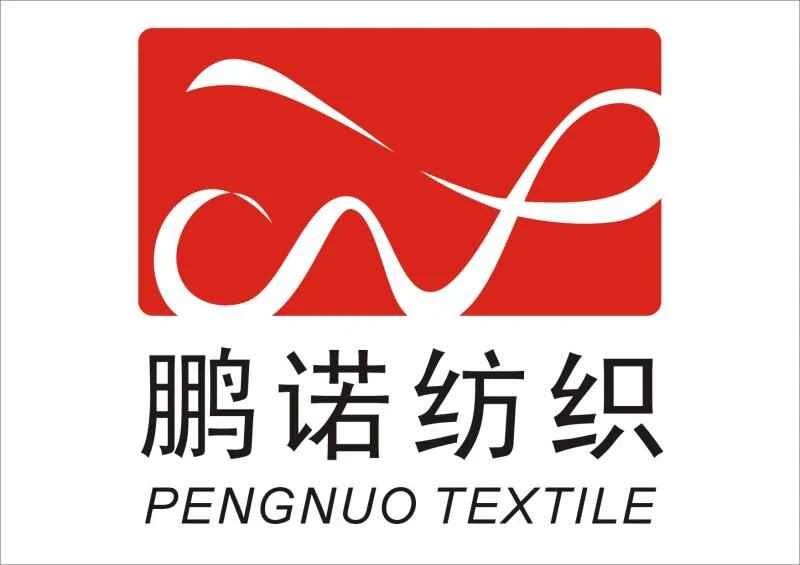

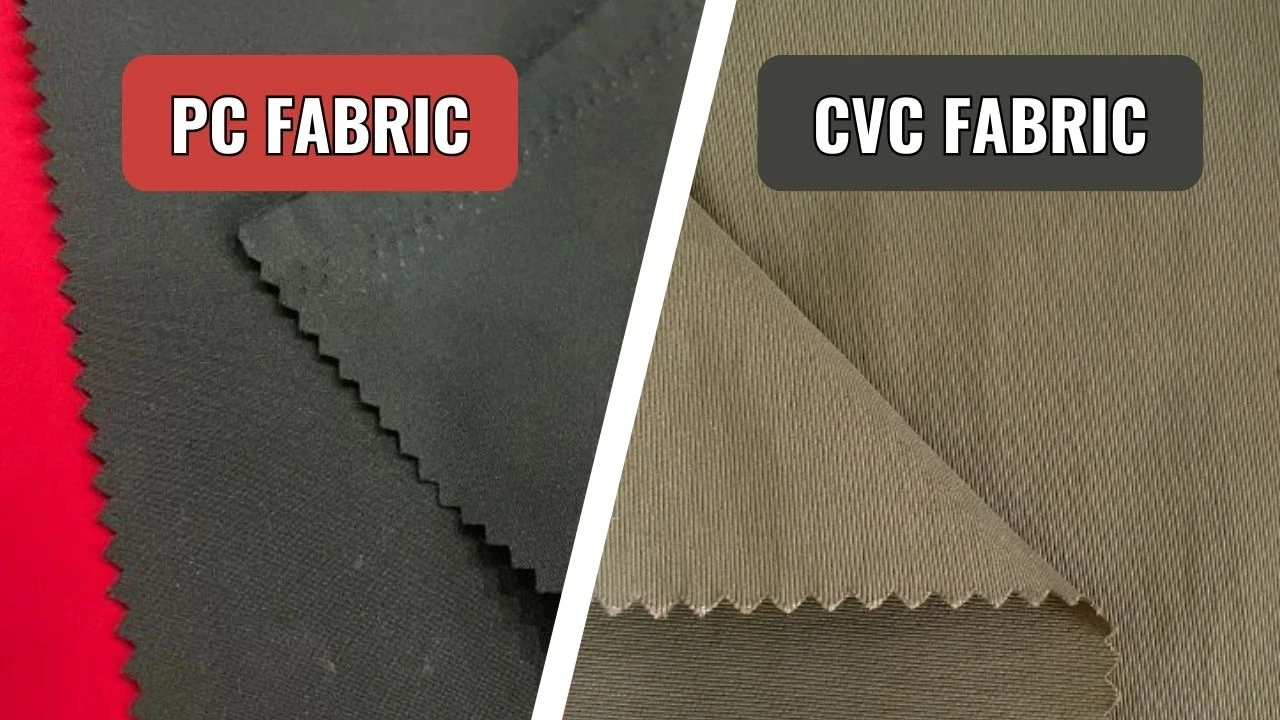
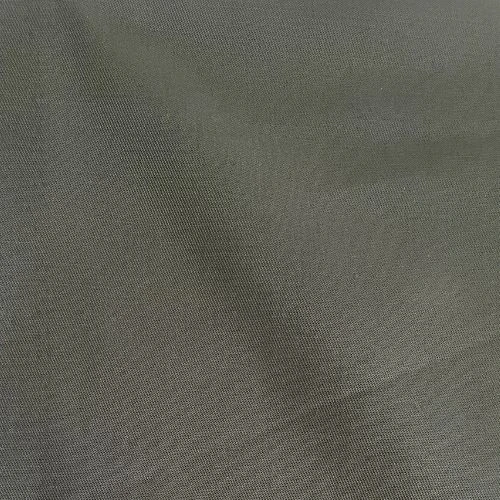
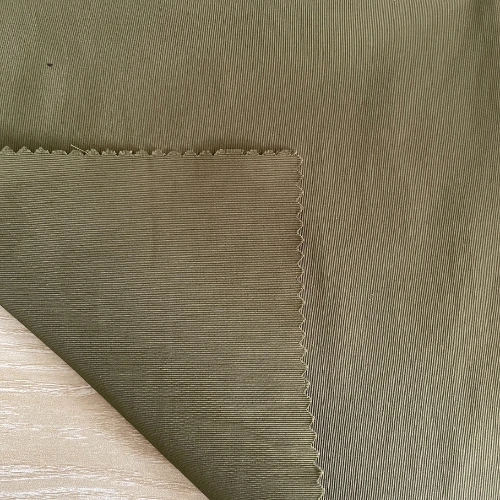
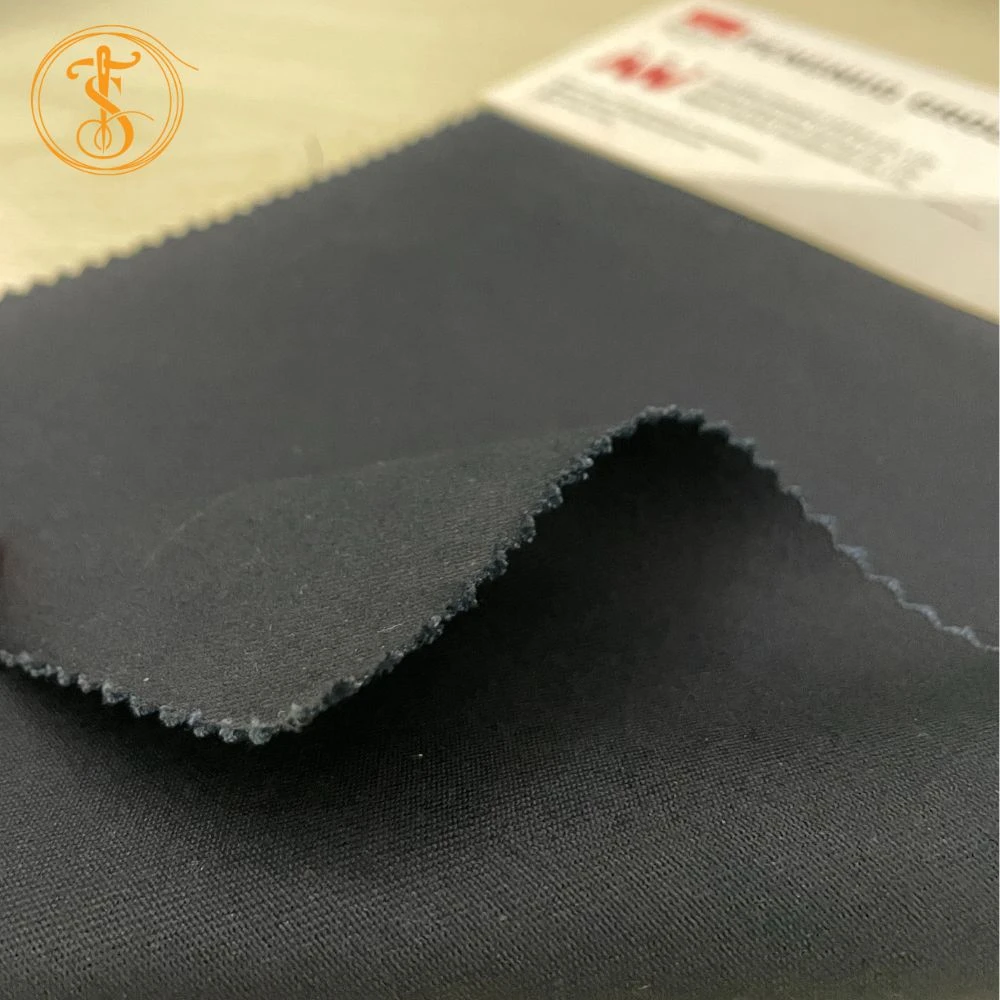
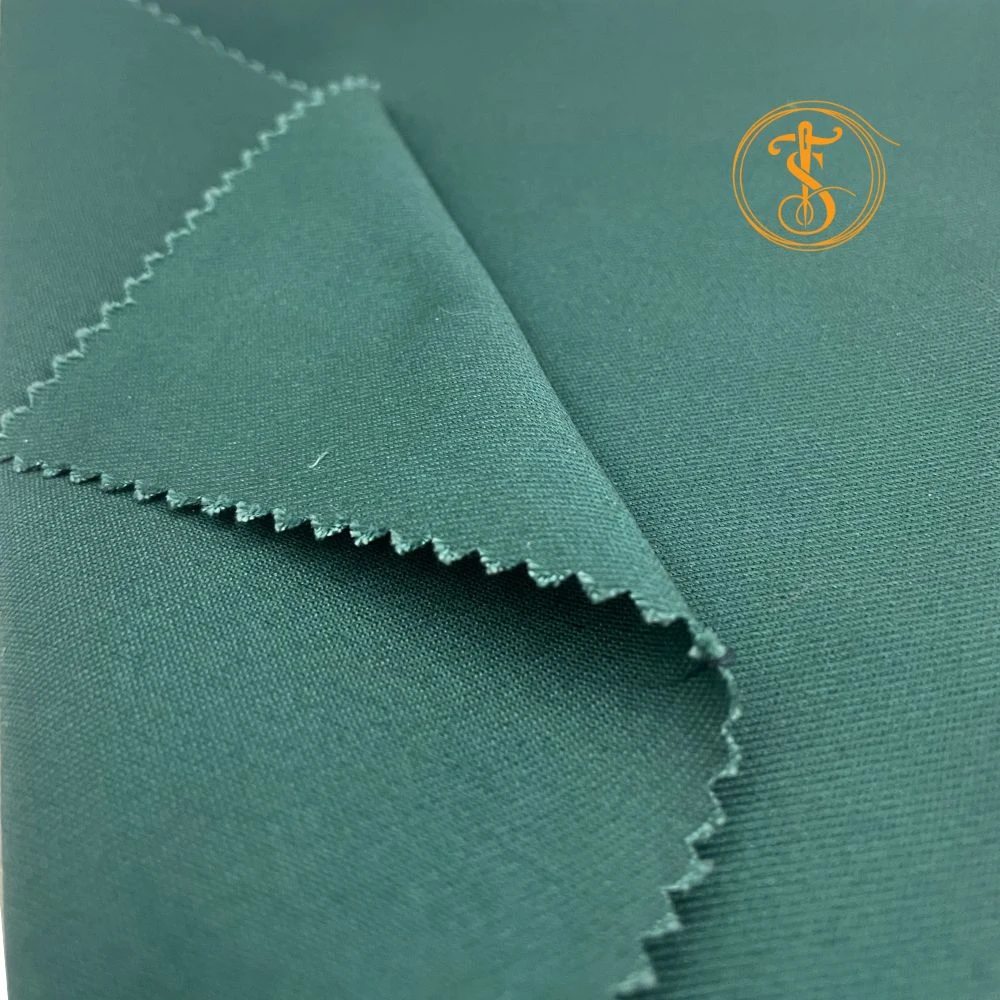
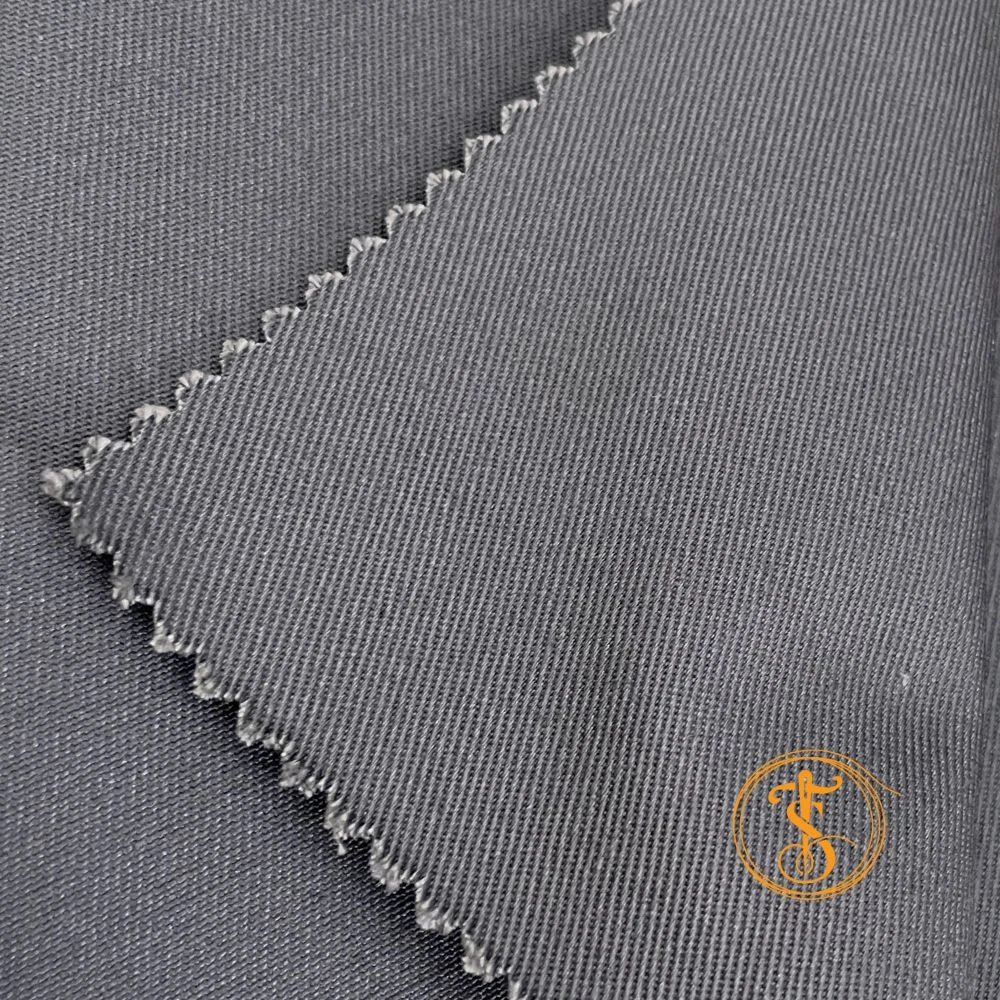
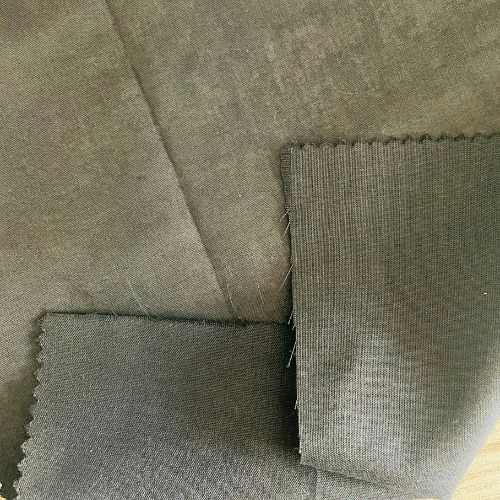
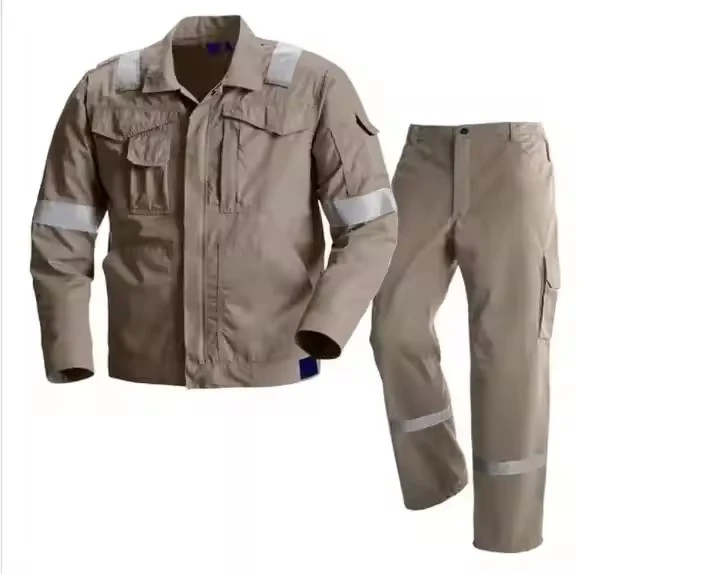
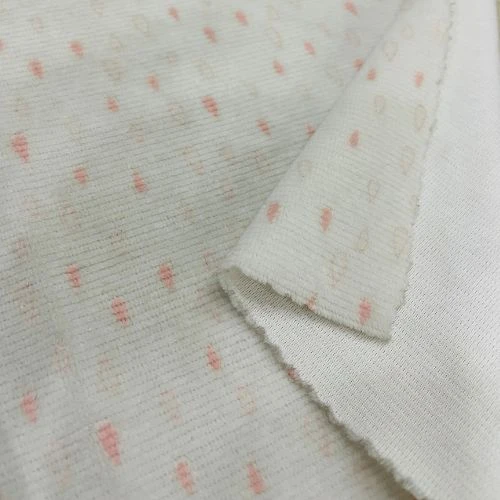
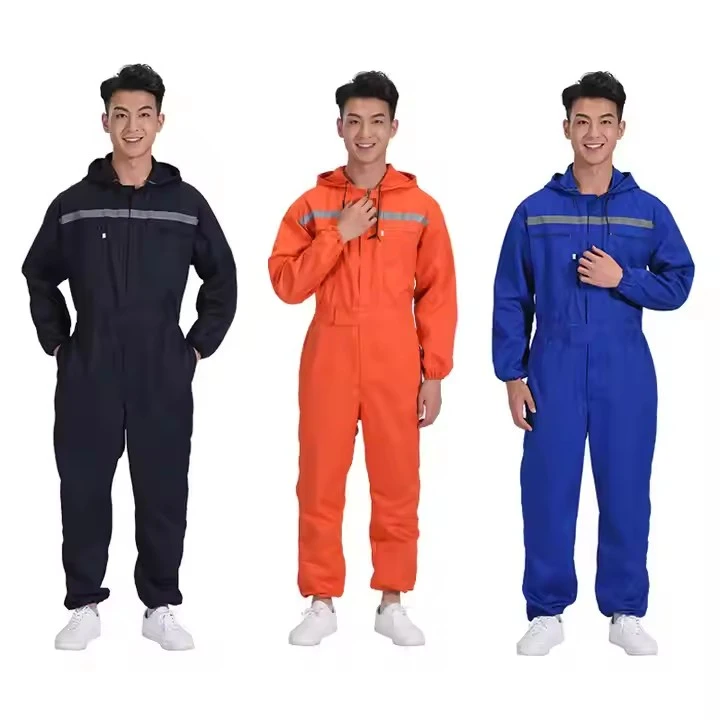
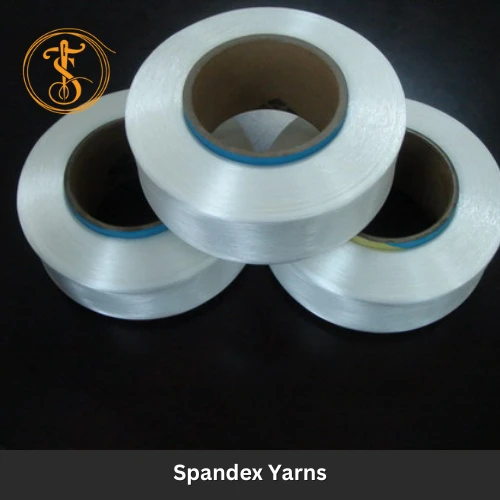
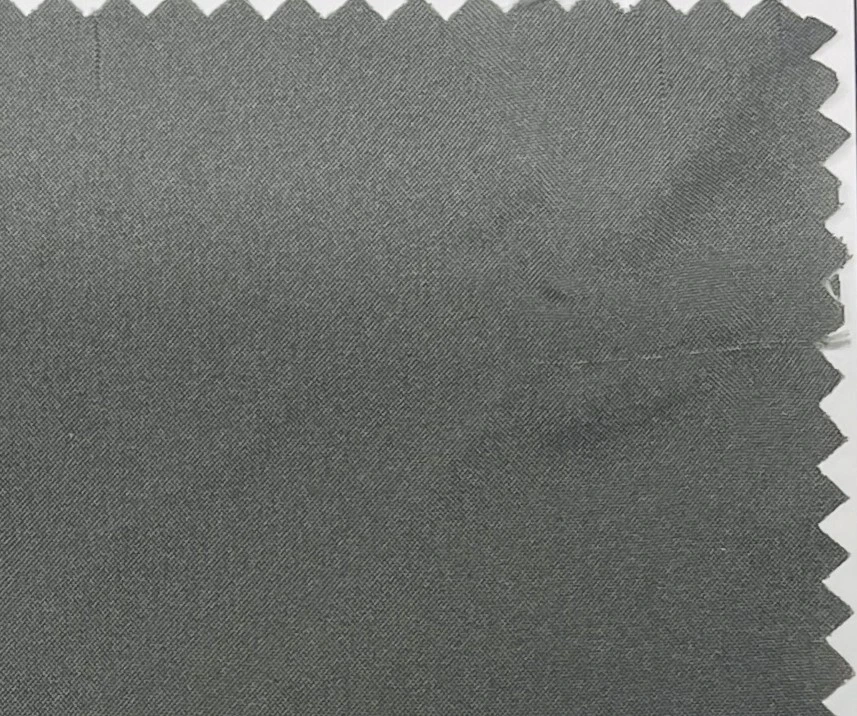
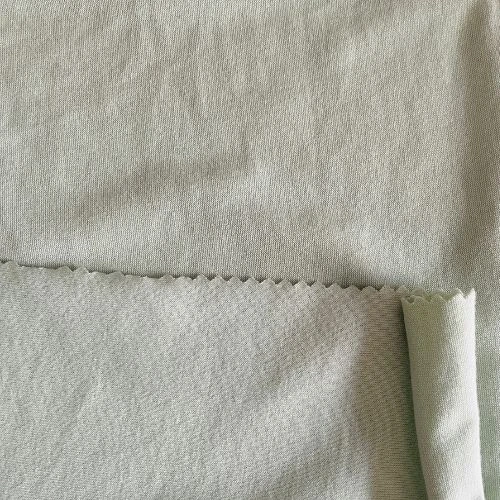
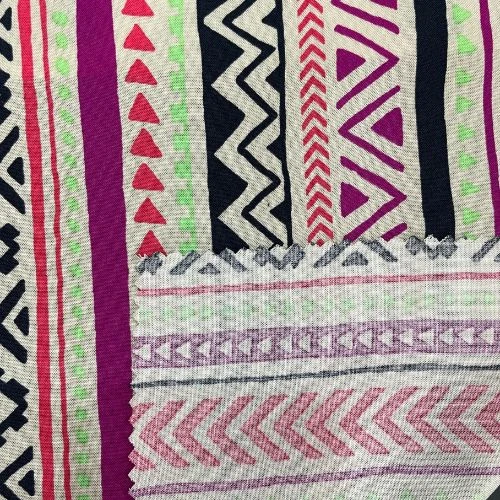
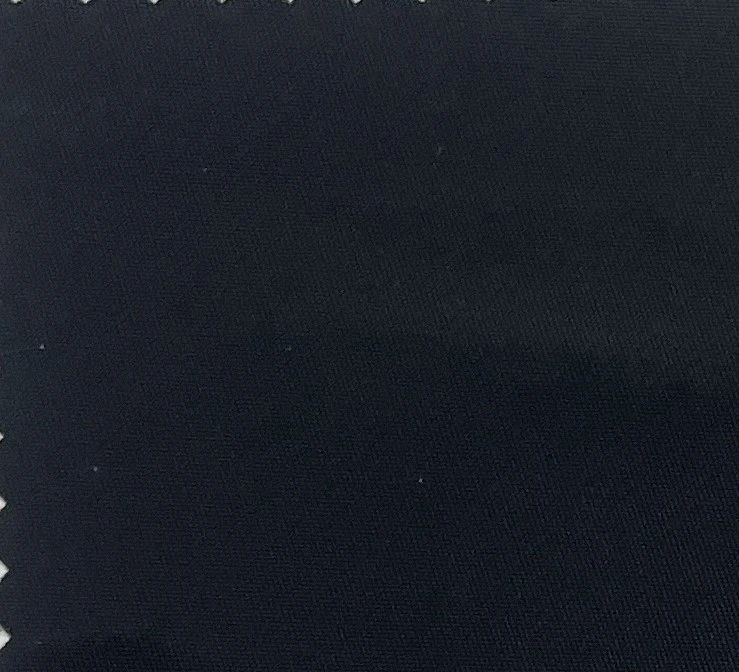
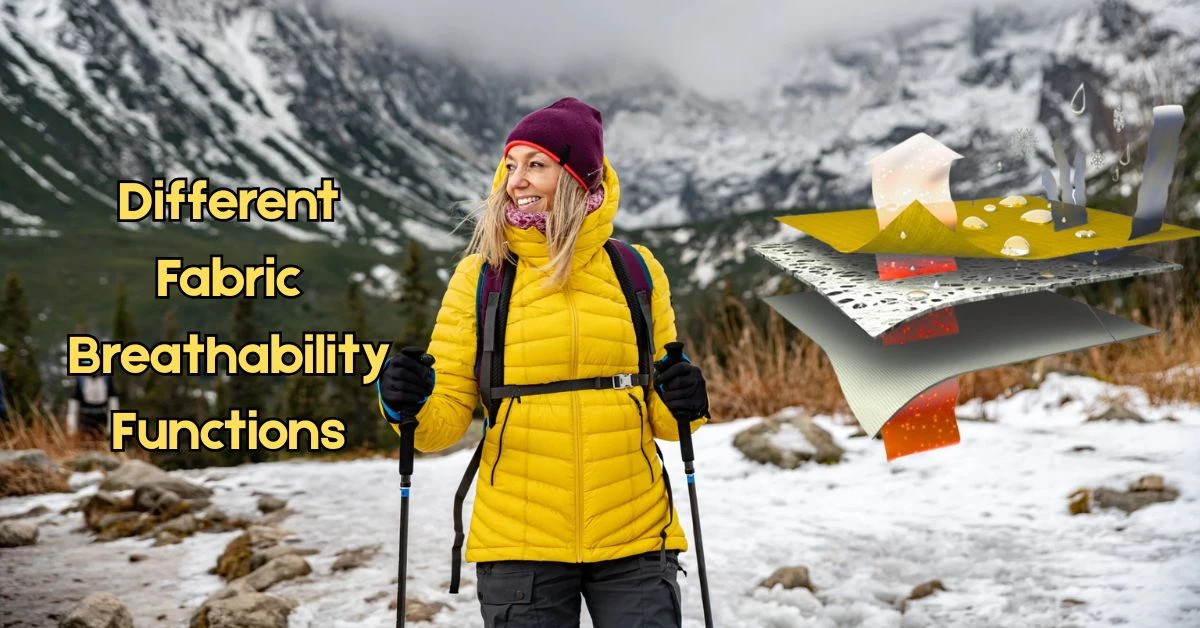
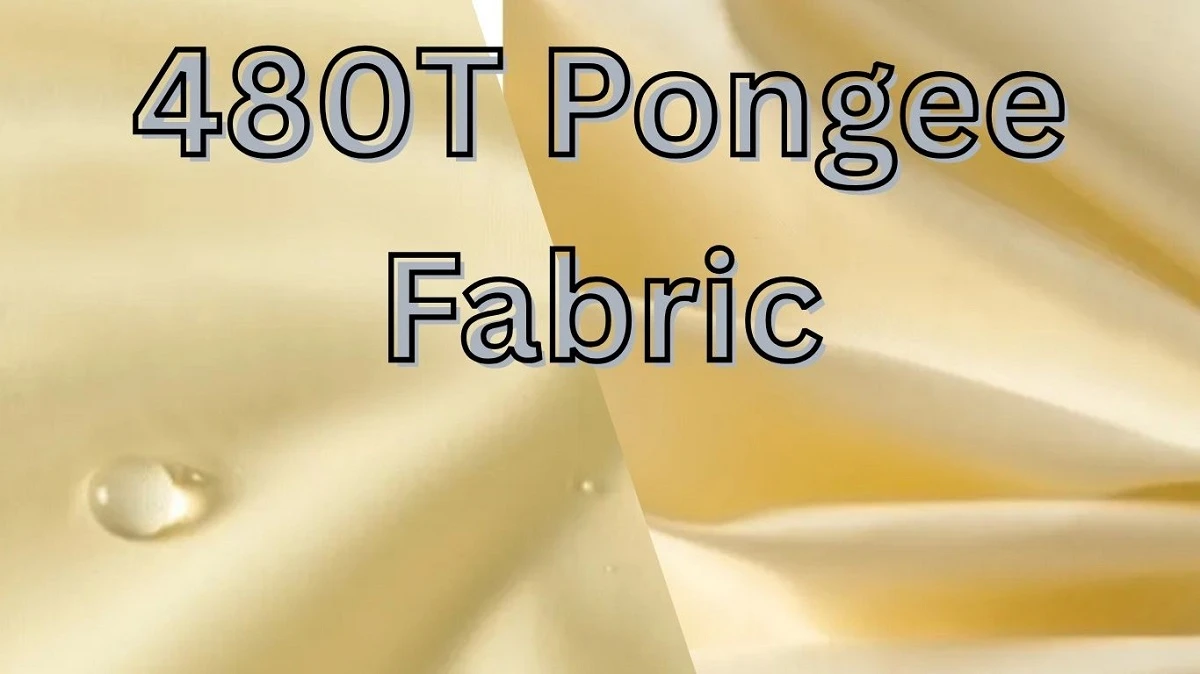
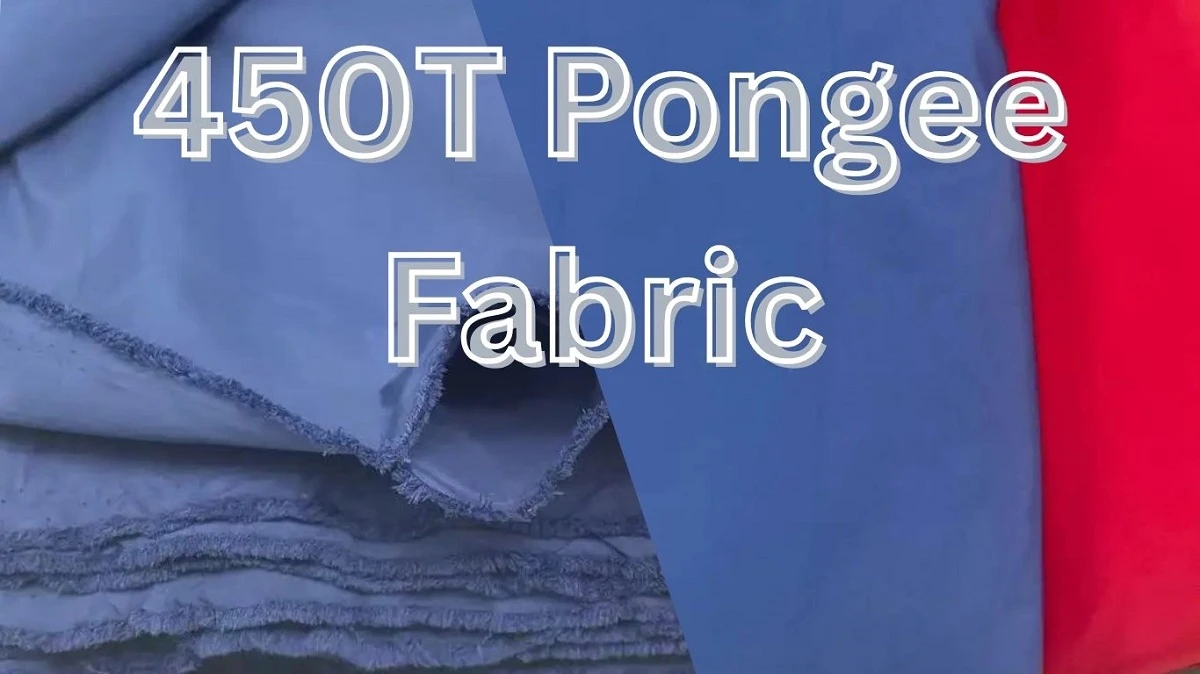
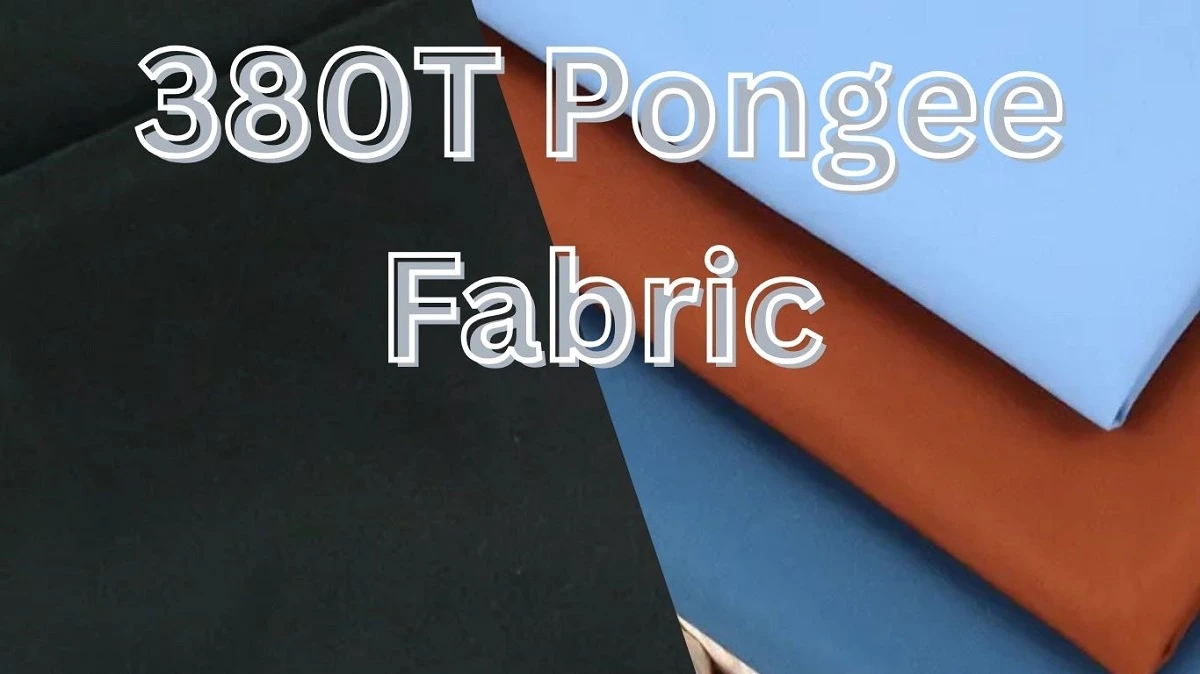
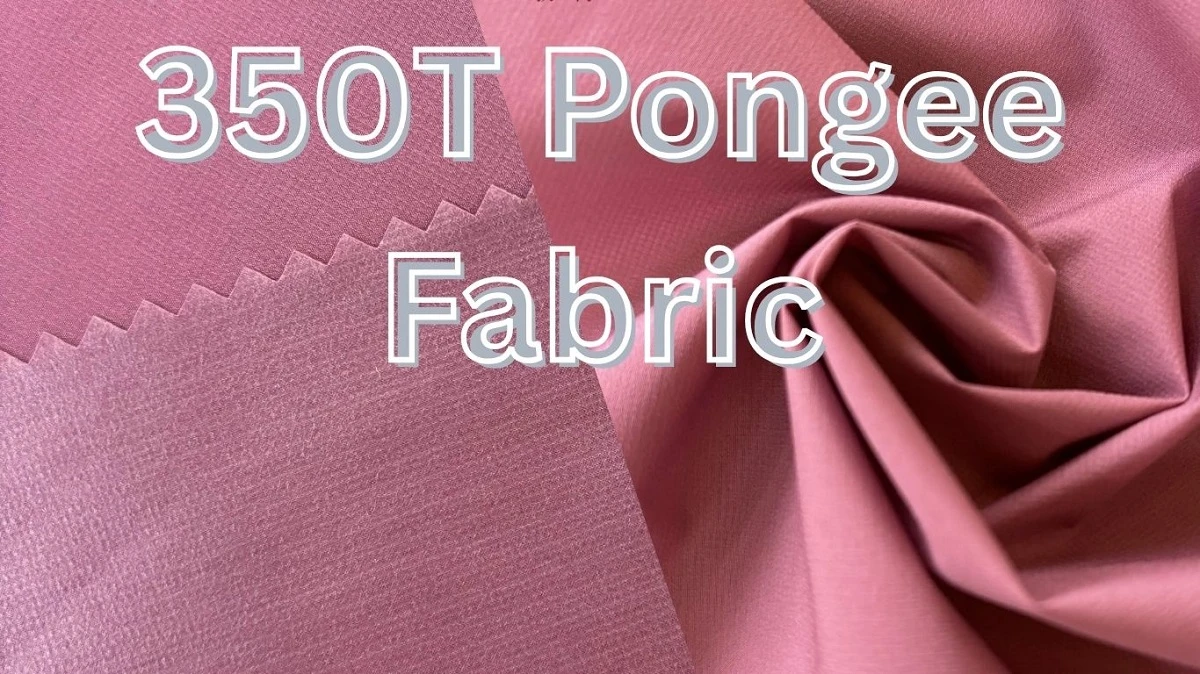
Comments - 00
Leave A Reply
Thanks for choosing to leave a comment.